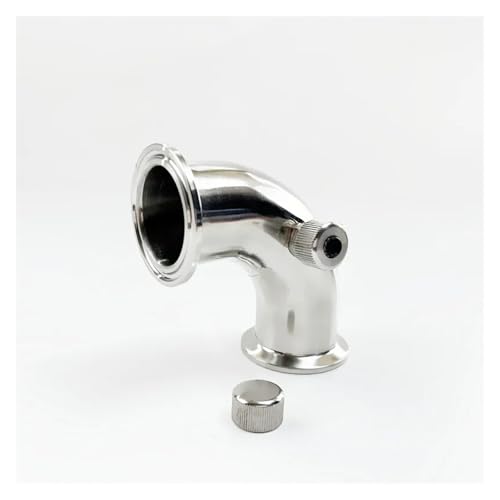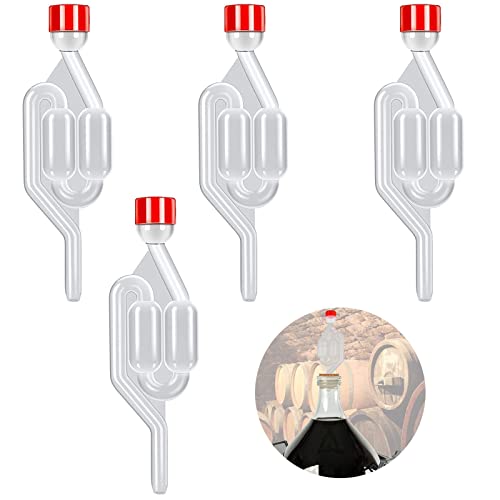shocker
Landlord.
I am in process of making a plastic bucket into a boiler with a kettle element , all that is fine , no problems (so far!) but I am spoilt for choice on the insulation . I choose to insulate as it gives me potentially less heat loss and quicker boil as well as the option of holding a temp more easily for mashing . If I wanted to mash in it at some point .
I have several ideas and materials to hand :
mylar foil covered thin closed cell foam
10mm thick closed cell foam
mylar sheet
expanding spray foam
now I could use double sided tape to fix some mylar sheet then the 10mil foam then the mylar covered thin foam,
...or I could use the same materials in a variety of combinations
....or I could sit the bucket inside a bigger bucket or bin that has been smeared with vaseline (mould release) and spray in the expanding foam to the gap between the two vessels. Then with luck the whole should pop out with the foam cured and stuck to the boiler bucket but not to the outer bin.
The third one begs the question of the need for base insulation - does the base of the boiler need it ?
also the foam , even when cured is quite fragile so would need covering with something like the mylar faced thin stuff for protection . The side benefit being that it makes it shiny
The first 2 methods - given that trapped air is a good heat insulator , would it be better to use various tape to fix the insulation materials on rather than glue them ? Obviously the tapes and glues would need to be resistant to the heat generated .
So folks.....how to do it and why ? :hmm:
I have several ideas and materials to hand :
mylar foil covered thin closed cell foam
10mm thick closed cell foam
mylar sheet
expanding spray foam
now I could use double sided tape to fix some mylar sheet then the 10mil foam then the mylar covered thin foam,
...or I could use the same materials in a variety of combinations
....or I could sit the bucket inside a bigger bucket or bin that has been smeared with vaseline (mould release) and spray in the expanding foam to the gap between the two vessels. Then with luck the whole should pop out with the foam cured and stuck to the boiler bucket but not to the outer bin.
The third one begs the question of the need for base insulation - does the base of the boiler need it ?
also the foam , even when cured is quite fragile so would need covering with something like the mylar faced thin stuff for protection . The side benefit being that it makes it shiny
The first 2 methods - given that trapped air is a good heat insulator , would it be better to use various tape to fix the insulation materials on rather than glue them ? Obviously the tapes and glues would need to be resistant to the heat generated .
So folks.....how to do it and why ? :hmm:



































![BREWING THERMOMETER STICKERS ACCURATELY MONITOR FERMENTING BEER & WINE LIQUID TEMPERATURES 5PCS HOME BREW SPIRITS WINE LCD ADHESIVE [US]](https://m.media-amazon.com/images/I/311DDjo2X3L._SL500_.jpg)





